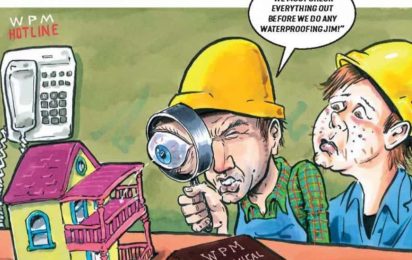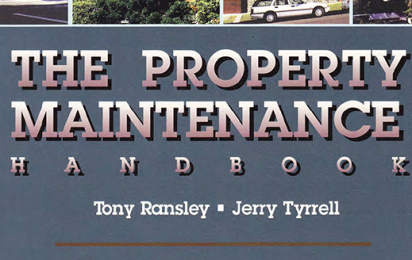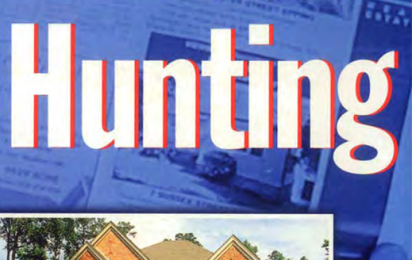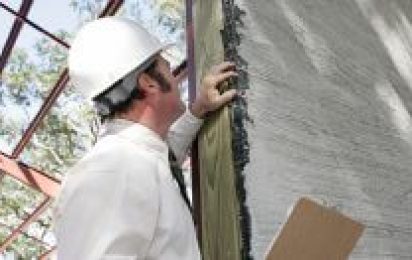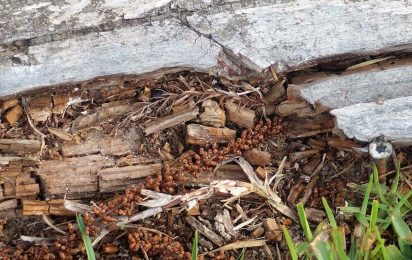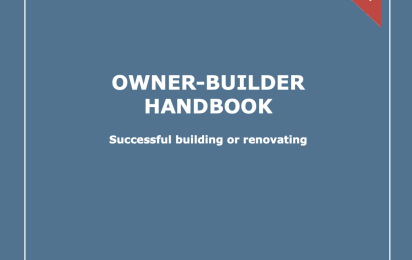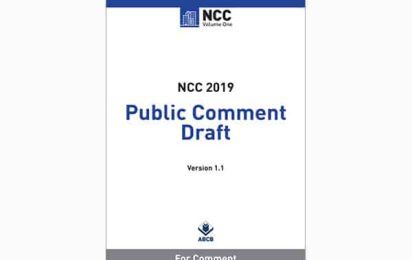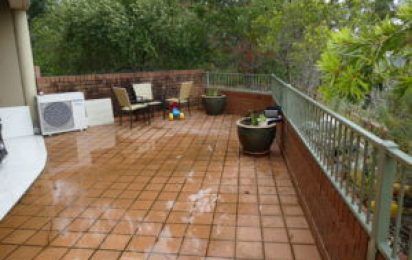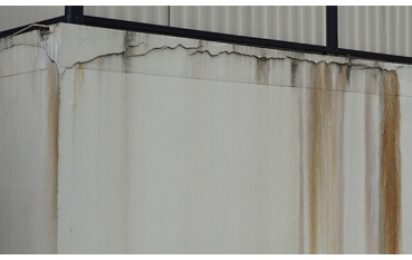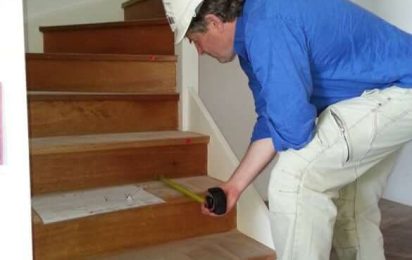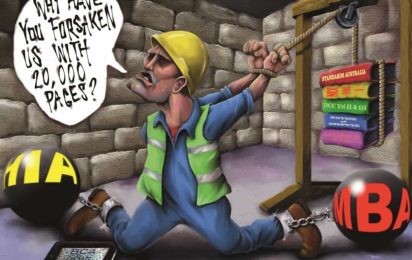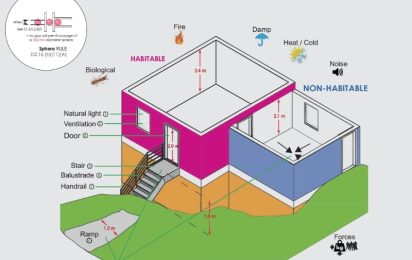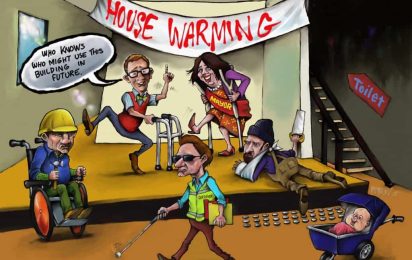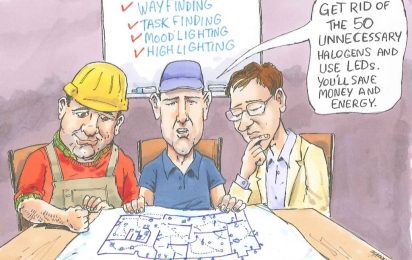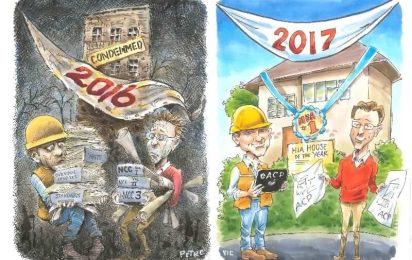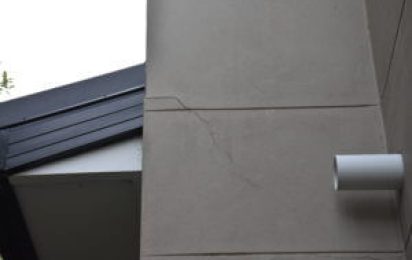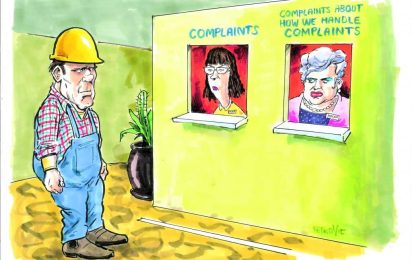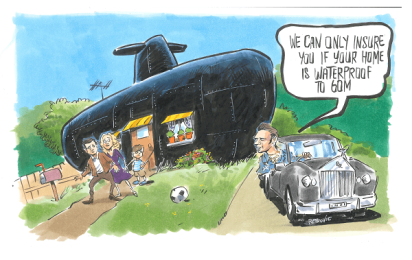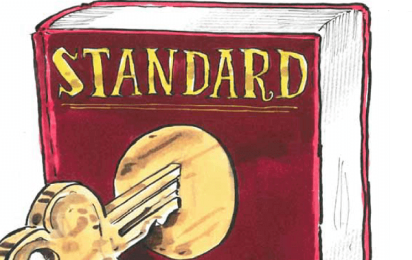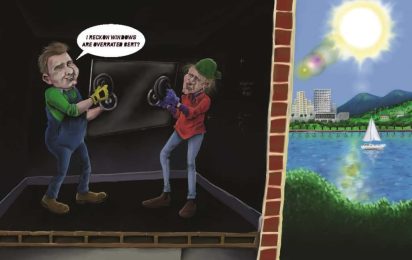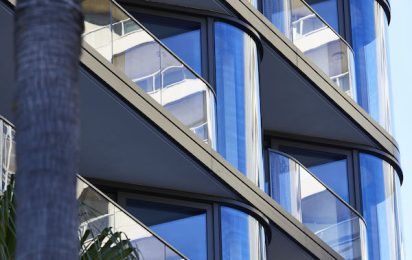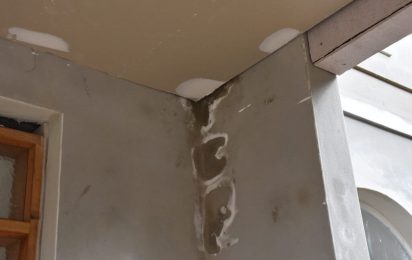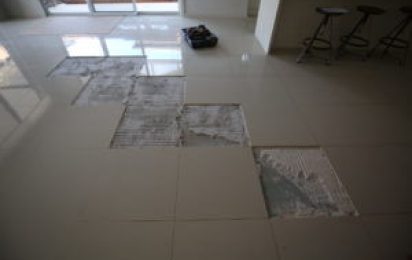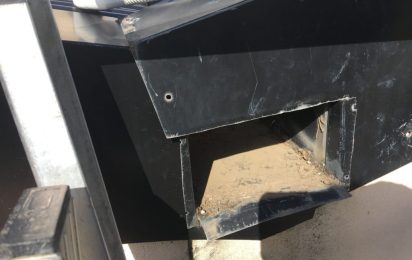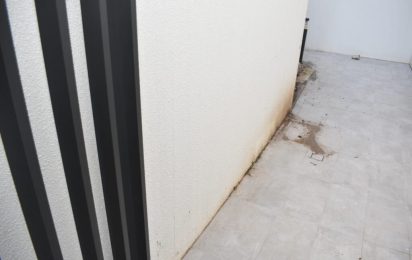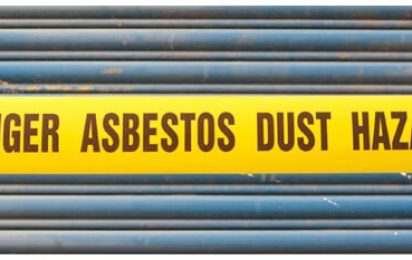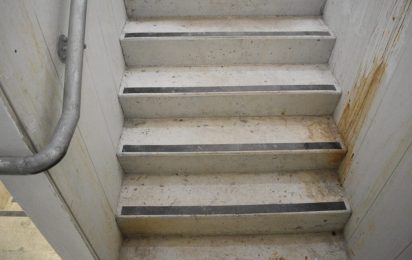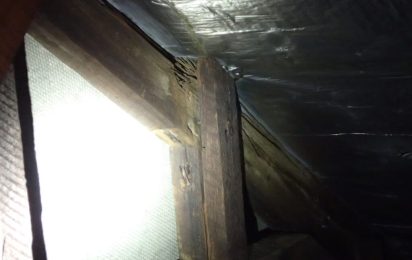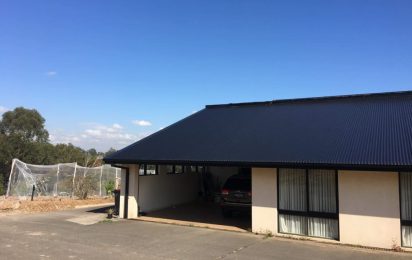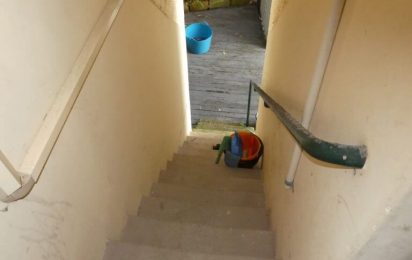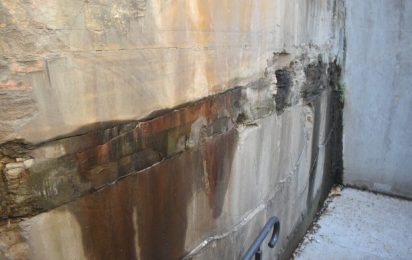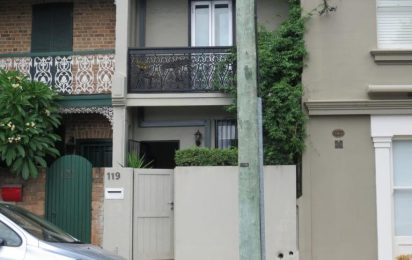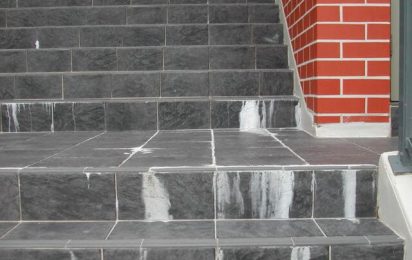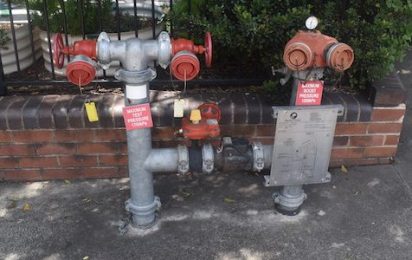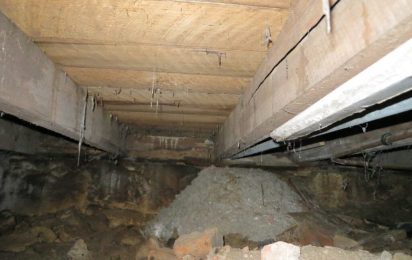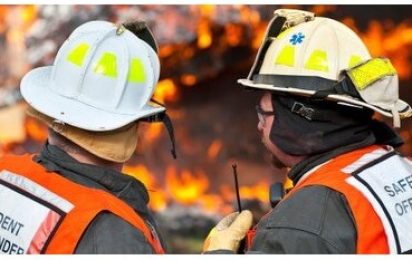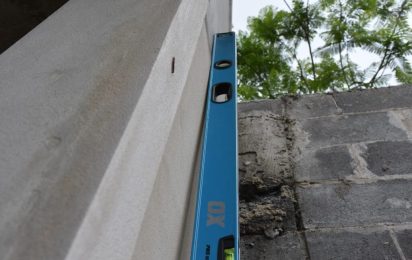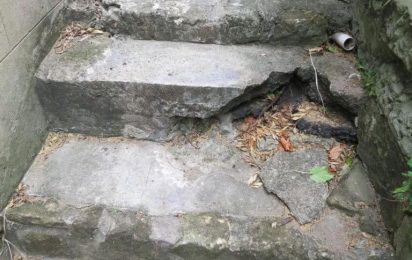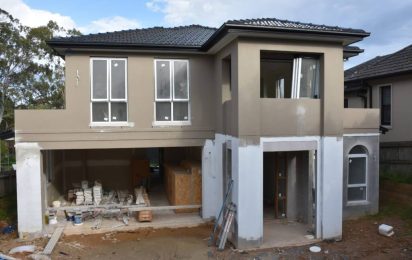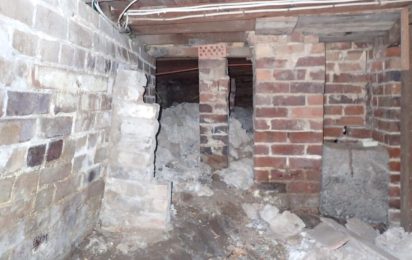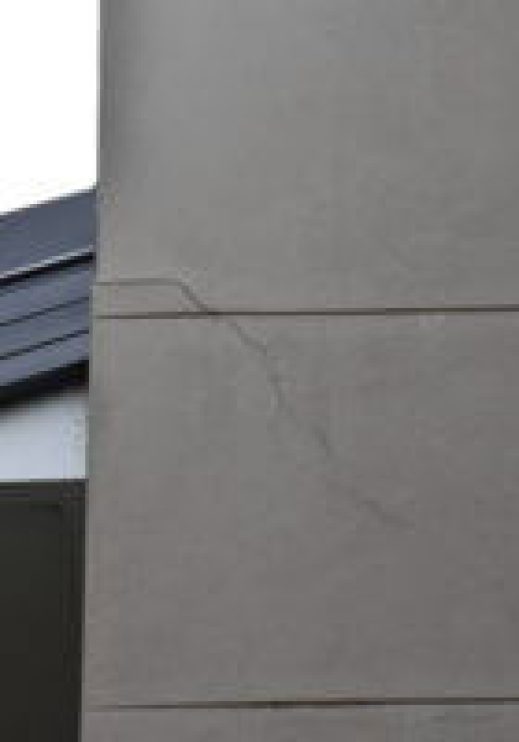
Firstly, the Building Consultants assess and report on the condition of buildings and quality of building work. In practice, this requires objectivity, extensive knowledge of common faults and the ability to identify unexpected or likely failures in many different types of buildings. To prepare authoritative advice, Consultants consider their client’s instructions and the perspectives of all ‘players’, analyse relevant documents, interpret Codes and Standards, and discuss industry best practice. This article is the second in a series, where Tony Ransley examines what Building Consultants do.
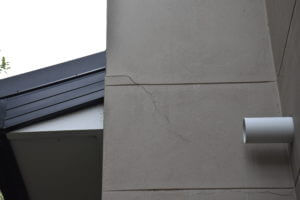
2. DILAPIDATIONS ON PROPERTIES CLOSE TO PROPOSED CONSTRUCTION OR CIVIL WORKS
Most people think the word ‘dilapidation’ applies to property and describes a state of disrepair, decline, deterioration or decay to the property’s improvements. For Building Consultants and Surveyors, 1 ‘Dilapidations’ are reports that record or describe the difference between the condition a property is in and the condition a Party thinks a property is in. This helps the Parties to understand their legal liabilities, e.g. the legal liabilities where discrepancies exist between the condition described in a lease agreement, and the condition found at termination of the lease agreement. In such instances, Dilapidation Reports may be utilised in litigation arising from the terms of the contract (lease agreement).
‘Dilapidations’ also document the current condition where the property may be damaged (dilapidated) by a potential risk event that may result in legal liability. Construction or civil works (Works) are commonly deemed potential risk events by:
- the owners of nearby properties,
- contractors responsible for the Works,
- approval authorities, or
- legal advisors to any or all of these parties.
In these situations, Dilapidation Reports can be a sensible starting point for comparing condition before and after the Works and may be utilised in litigation arising under tort two if the Works or negligence causes damage to property.
In summary, ‘Dilapidations’ are a state of disrepair resulting in legal liability.
The remainder of this article examines the requirements for preparing Dilapidation Reports when potential risk events are perceived, i.e. Dilapidation Reports are made to record the current condition of the property for use as an accurate reference if subsequent damage occurs which results in legal liability.
3-Preparation and content of Dilapidation Reports
Although an excellent photographic record is an essential part of a report, photographs alone may be inadequate as reliable records. Many Dilapidation Reports contain scattergun collections of abundant photos that can later confuse, primarily if the pictures are poorly notated, unrelated to damage or taken without forethought. Dilapidation Reports should be a combination of clear, precise and targeted photographs, sketches, observations and recommendations.
Dilapidation Reports are best prepared by Building Consultants who understand the high-risk areas of various construction types, appreciate how damage is likely to occur during a particular Works and the influence of different ground substrates, have foresight in terms of minimising risk and can Report with clarity.
The Consultant should first review the plans of the proposed Works, especially sections through the site. This allows the Consultant to consider exposure to the Works of various parts of the property being dilapidated and the probability of damage from dust, splatter, misuse or abuse, minor contact, etc. However, focusing on potentially serious damage is critical. Movement is usually the primary consideration in this regard. In most instances, the movement will be caused by
- excavation works (failure to retain excavations, disturbance of underlying stratum, vibration),
- excessive vibration (from heavy machinery, underground boring, driven piers),
- impact (machinery used close to existing structures, material deliveries, handling and unloading).
Reports should describe the property being dilapidated and accurately identify defects existing in the property. For example, descriptions of existing movement/cracking may include notated photographs, sketch drawings, precise identification of location, length, width and surface distortions and comments as to likely causes, eg reactive soils, corroding embedded steel, differential movement between materials, interface of extensions to original buildings, older building with shallow and/or brick footings or soft mortar. A professional comment about the likely future behaviour of existing movement/cracking may also be relevant. In some cases, severe movement or the risk of movement should be immediately referred to the Works’ Project Manager or Structural engineer, e.g. a shallow arch which is about to collapse or an inadequately retaining wall on the boundary.
It is rarely necessary to describe maintenance issues other than to comment on overall condition. For example, in most instances, there is no need for a Dilapidation Report to record every blemish in a deteriorated paint coating slavishly. If it is the case that paintwork is due for recoating, then a single photograph and an observation to that effect will generally suffice.
There will be exceptions to the above or instructions that make it necessary to systematically identify blemishes in finishes that would otherwise be regarded as maintenance. The Consultant should be sufficiently experienced to recognise the potential sources of risks and report accordingly. For example, a lift that will be the only means of accessing and carrying materials to Works, in a multi-story building, should be carefully dilapidated as there is a high risk that the lift openings, doors or carriage interior will sustain damage. Lift interiors are expensive to refurbish.
Most Dilapidation Reports are prepared because property owners are rightly anxious and anticipate damage to occur to their property as a consequence of mistakes or carelessness during the conduct of Works. Prudent advice about risk may help all parties understand each other’s concerns and cooperate more effectively. For example, contractors responsible for the Works should (and should be seen to)
- protect items and surfaces exposed to likely damage,
- monitor vibrations and not exceed maximum levels,
- engage engineers or other independent professionals to advise on risk reduction where appropriate,
- warn adjacent owners to close windows when the Works generate dust or noise,
- quickly rectify damage or commit to fixing immediately after the risk of further damage has passed,
- instruct subcontractors, delivery drivers, heavy machinery operators, etc. about potential risks and the concerns of owners of nearby property.
4-Finally, a Dilapidation Report should be an objective opinion about the condition of the property. All parties who have an interest in the Report being just that should carefully read and sign off on it if satisfied with the accuracy of its content. Each interested party should retain a signed copy of the Report.
 Back to publication
Back to publication

